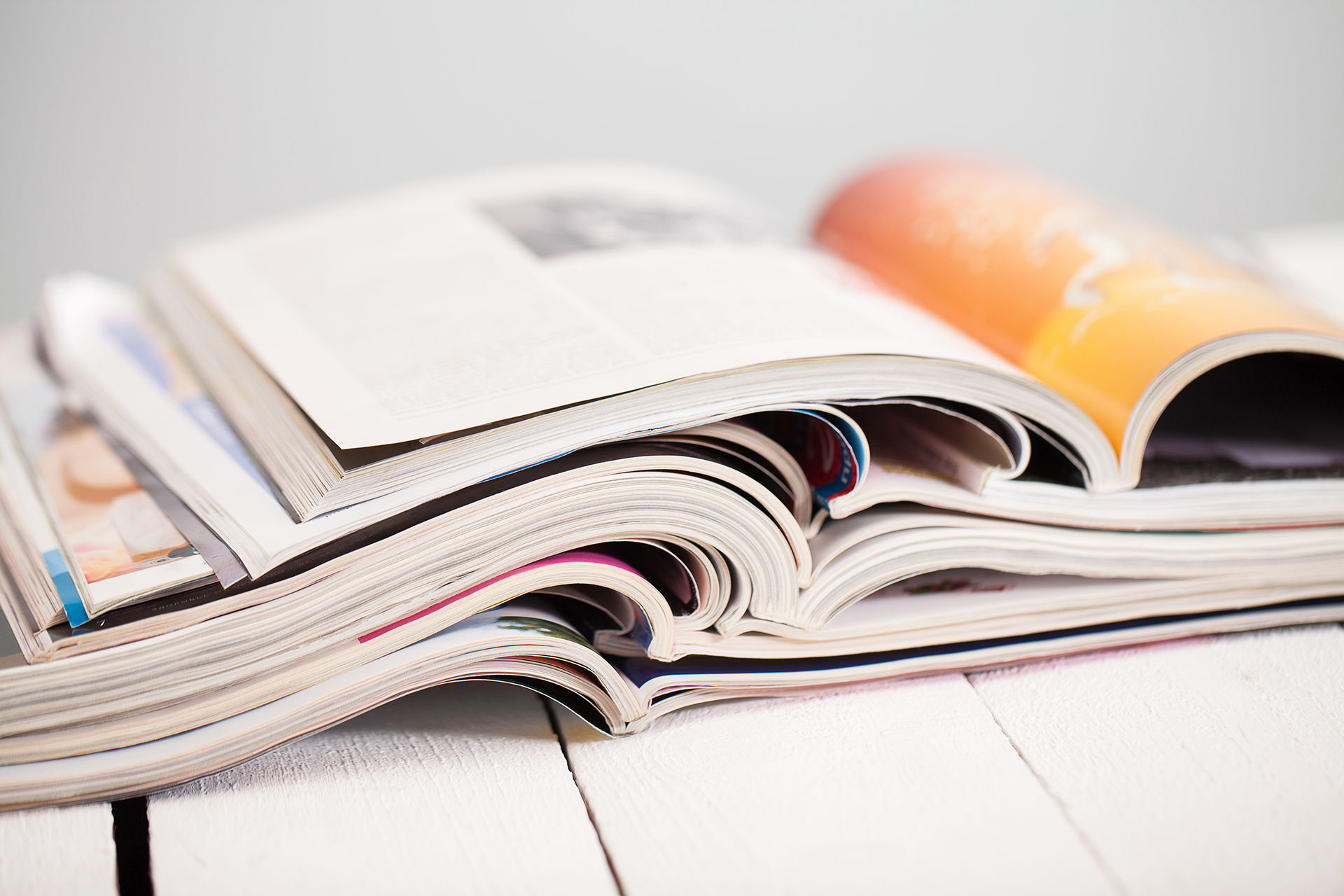Printmaking 1& 2: Lithography
- SVRS
- Mar 31, 2016
- 2 min read

Lithography: to write w/ stone
Lithographic Landscapes
Art Focus: Mark-making & Texture
Questions: How do I utilize drawing characteristics to create texture in landscape?
A video about Lithography (planography): https://www.youtube.com/watchv=JHw5_1Hopsc&feature=youtu.be
As we have learned, relief prints are created from a raised surface; Planography however, is the printing of a flat surface. Lithography is the art of printing from a flat stone (limestone) or plate by a method based on the simple fact that grease attracts grease as it repels water.
A design or image is drawn on the surface with a greasy material - grease crayon, pencil or ink - and then water and printing ink are applied.
The greasy parts absorb the ink and the wet parts do not.
Acids are often used with this type of printmaking to etch the stone and prevent grease from traveling where it should not. For example, if a finger is placed on the surface, enough grease is transferred and as such, the fingerprint will attract the ink.
Unfortunately, fine art lithography is a printing process, which requires the use of proper facilities and materials. However, we will experiment with basic examples and humble lithography materials in order to appreciate the fine art of printmaking even more.
History and uses: Lithography was invented in 1798. Its main advantage is the great number of prints that can be pulled.
Part 1:
In your sketchbook, use pencil to create three different landscape drawings.
The drawings should:
Show foreground, middleground, background
Utilize texture & value
Be of a place that has personal meaning to you (IE- your backyard, your favorite vacation spot, etc.)
Before sketching, it will be useful to look at the work of the following Printmakers: Artists to study: Eugene Delacroix, Edouard Manet, Henri de Toulouse-Lautrec, Edvard Munch
Part 2:
In your Sketchbook, select a work by one of the above artists. Discuss how that artist uses drawing characteristics: line, value, and texture to create a successful artwork.


1
Design: Create a small drawing that can be replicated onto the pronto plate (trace)
2
Draw: Replicate your image onto the pronto plate using lithocrayon (or really any anything that is waterproof.) Avoid getting oil from fingers onto the plate. Use the non-shiny side.
3
Prepare Table: Sponges: Save one for when you need to do cleaner work. Empty dish: To empty sponge of water when you need a dry sponge. Water dish: To load the sponge
Newsprint: for cleaning brayer
4
Prepare Printing Ink: Oil based inks/paint ONLY.
5
Prepare Plate: Thin layer of gum arabic onto pronto plate using spray bottle/brush/fingers
6
Inking: Keep brayer tacky but not too loaded. Make strokes overlap to eliminate brayer lines.
7
Printing: Run the print via the printing press
8
Clean up: Use Veggie oil to clean plates and table. Use simple green to clean off the oil.
9
Drying: Place print between plywood or heavy cardboard and newsprint to help the print to dry flat
10
Sign Print: Pronto plate is hand run like a monotype so it is not considered an edition. Multiples can be run





















Comments